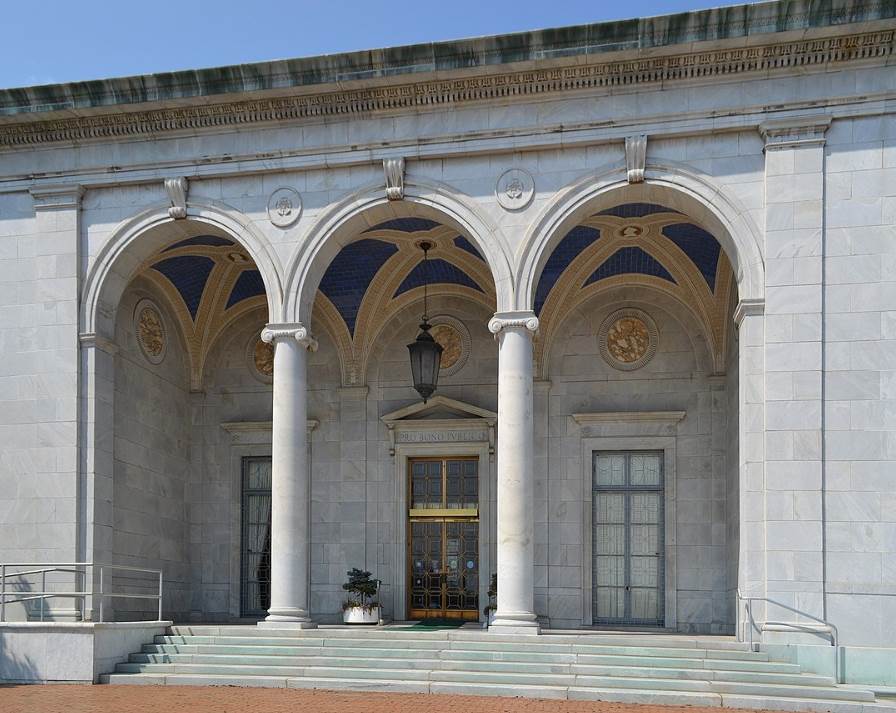One of the most famous American artists in history had a front-row seat during the urbanization of the United States in the 19th century.
Winslow Homer (1836-1910) was a Realism artist who produced magnificent landscapes and seascapes. The rural setting of many of his works evoked a particular emotion.
Let’s take a closer look at some of the most interesting facts about Homer’s “Snap the Whip,” a fascinating Realism painting with an interesting story to tell.
1. The painting was completed in the early 1870s
Winslow Homer was born in in Boston, Massachusetts, in the year 1836. His mother was artistic but his father was a greedy speculator who wasn’t home much.
He started developing his talent from an early age and initially worked as an illustrator for local magazines. He moved from Belmont, a suburb in the western part of Boston, to New York City in 1859.
The American Civil War (1861–1865) didn’t stop Homer from developing his skills as he used his time in the war to sketch his commanders and other members of the army.
The chaotic period drained Homer and he sought a quiet life during the Summer months in rural New York. He completed Snap the Whip in 1872, not too long after the conclusion of the Civil War.
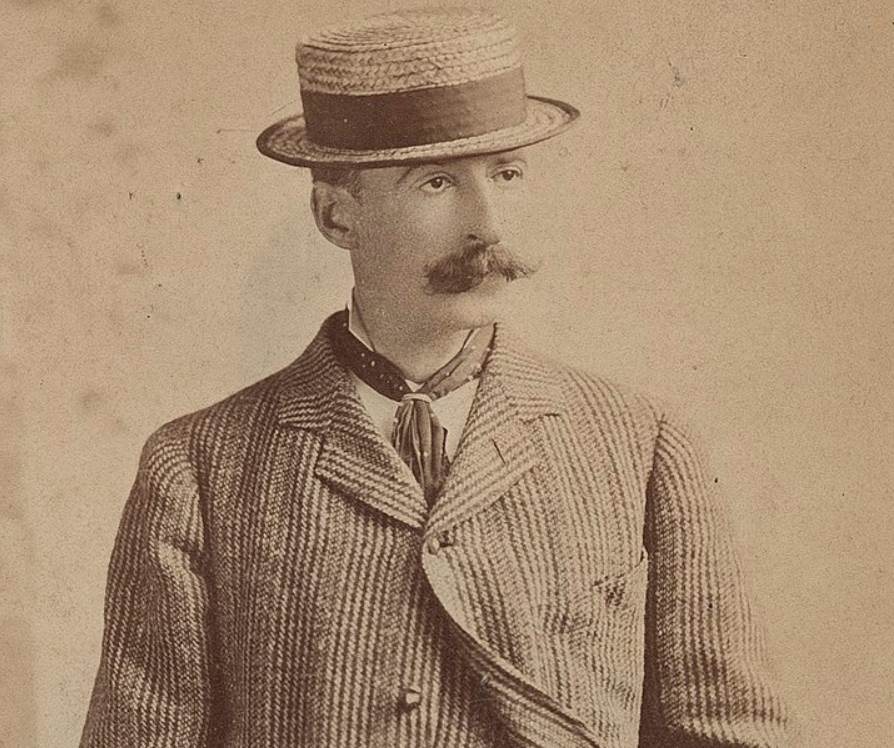
2. The painting depicts a group of boys playing a particular game
He thoroughly enjoyed spending time in a rural setting and got a lot of inspiration from his visits to the countryside.
This was a period of heavy urbanization in the United States and his paintings evoked a sense of nostalgia that surely got to the artist as well.
Snap the Whip depicts a group of boys playing a common outdoor game called “Crack the Whip.” The boys hold each other’s hands and run around until the players at the end have to let go.
The painting captures the moment that the boys at the end are unable to sustain the force at the end of the “whip.”
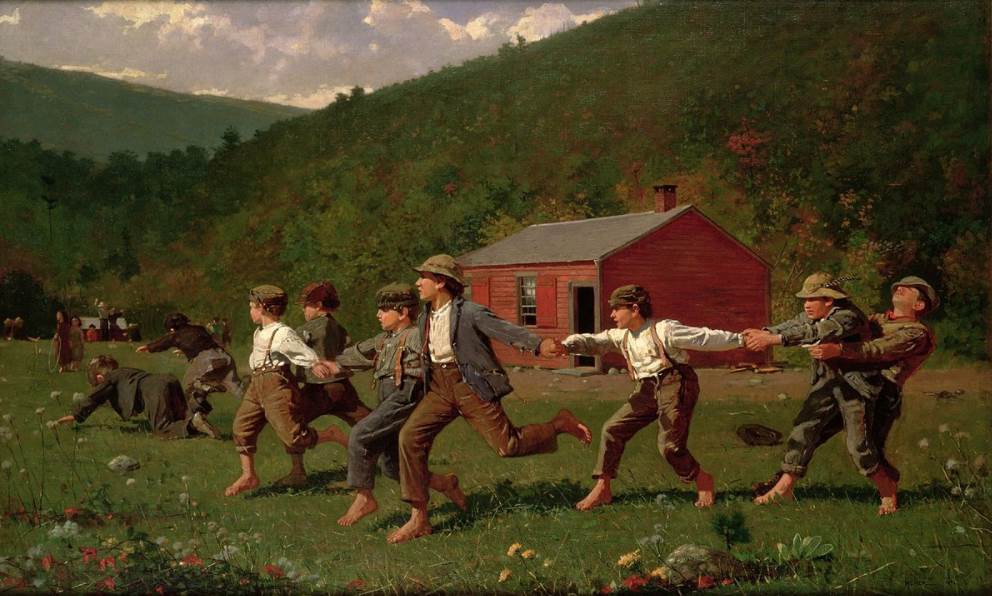
3. Homer was inspired when he spent his summer months at the Hudson Valley
Homer often returned to one of his favorite spots, a small town called “Hurley” in New York.” This town is situated just north of the immense metropolitan area of New York City.
It’s situated in the valley of the Hudson River and Homer depicted the magnificent landscape of this place in many paintings.
Idyllic scenes of farm life and rural landscapes were his preferred subject matters throughout the 1870s. Hurley was featured on multiple occasions.
During his time in Hurley, he presumably stayed in a place called the “Houghtaling House” where he rented a room.
Today, this renovated house still stands here and the sugar maple tree in front of it has grown quite a bit.
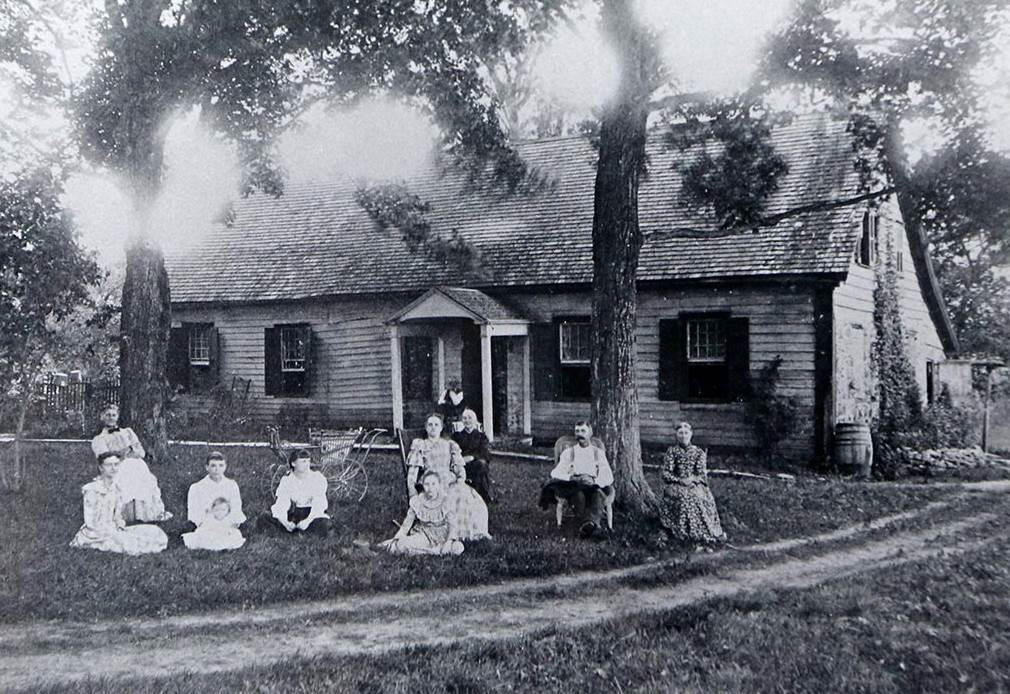
4. The building in the background is a one-room schoolhouse in Hurley
The boys play the game in a field in front of a red building. This was the HUrely schoolhouse, a one-room facility that allowed children in rural areas to get an education.
The education system receives a complete overhaul during the 1870s. The importance of education was seen as vital for the country during this period in history.
The one-room schoolhouse in Hurley was a typical school in a small village in the late 19th century. This particular building was the subject of several of Homer’s paintings.
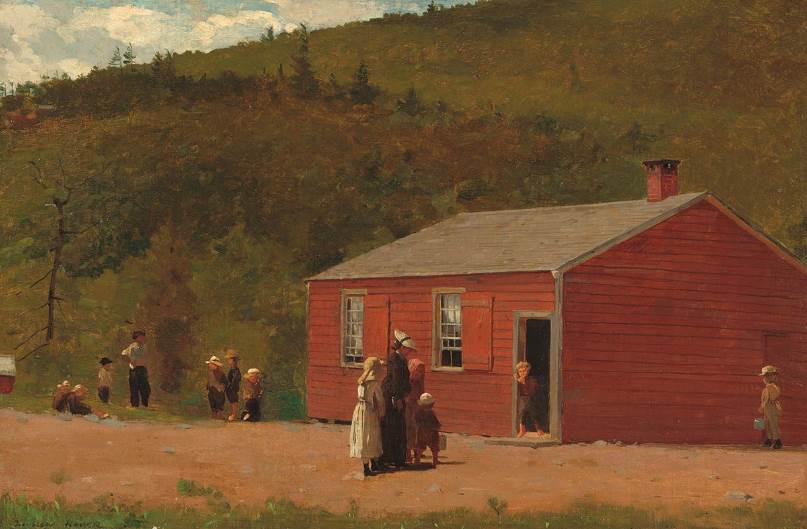
5. The artist produced a second version that doesn’t feature the hills
Homer clearly enjoyed the subject matter of his painting because he produced a second, smaller version of the original work in his studio.
It was completed shortly after in 1872 and this relatively small painting has dimensions of 30.5 x 50.8 centimeters (12 x 20 inches).
This painting, which doesn’t feature the distinctive hills in the background is part of the collection of the Metropolitan Museum of Art in New York City.
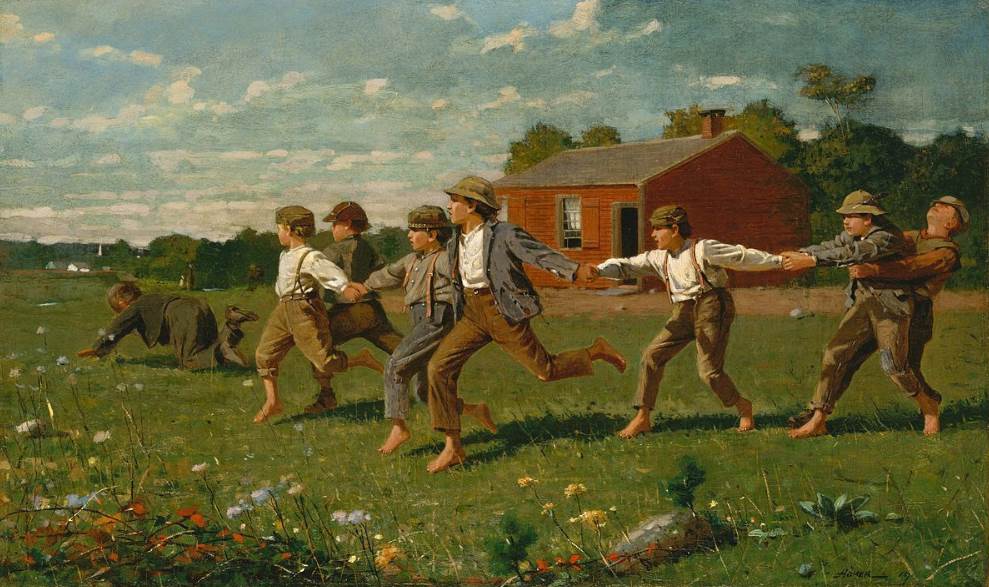
6. Homer also produced a wood engraving of the original painting
Winslow Homer was an extremely versatile artist who worked in various mediums. He started his career as an illustrator and produced countless drawings before picking up his brushes.
He was also a renowned watercolorist, printmaker, and wood engraver. He also produced a double-page wood engraving on paper of his famous Snap the Whip oil painting.
The engraving was published in a magazine called Harper’s Weekly on September 20, 1873, and it became one of the most collected engravings in the artist’s oeuvre.
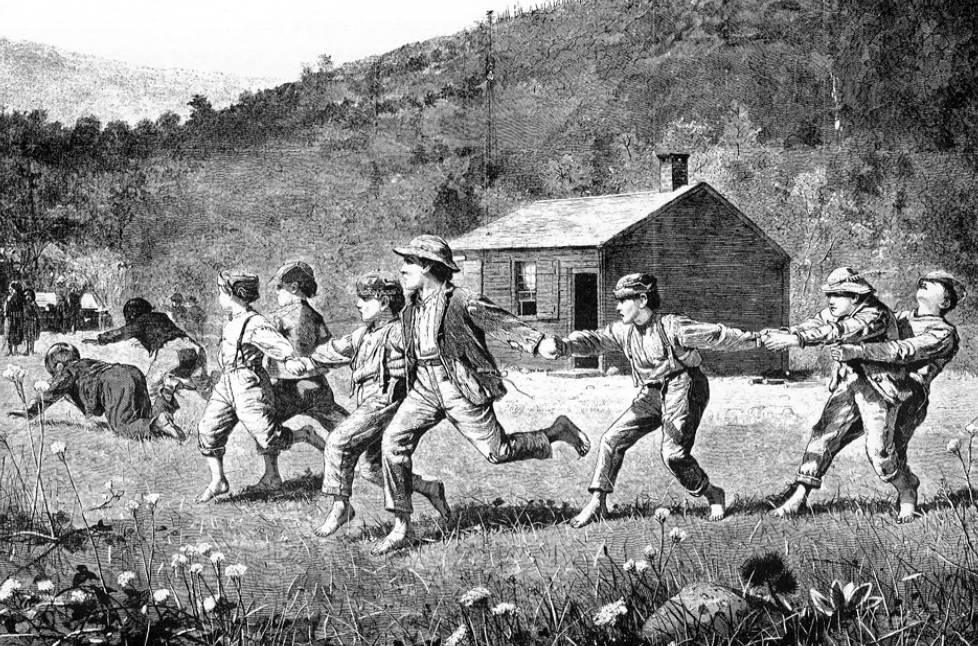
7. How big is Snap the Whip by Winslow Homer?
The second version of Snap the Whip by Winslow Homer is pretty small, but the original version isn’t a huge painting as well.
This oil on canvas painting has dimensions of 56 × 91.4 centimeters (22 × 36 inches).
8. Where is the painting located today?
The painting is part of the collection of the Butler Institute of American Art in Youngstown, Ohio.
It was established by an American industrialist and philanthropist named Joseph G. Butler, Jr. (1840-1927) in 1919 and is completely dedicated to American art.
What’s remarkable is that the painting was acquired in the year that the museum opened its doors. After all, Snap the Whip can be described as an ultimate icon of American art!
